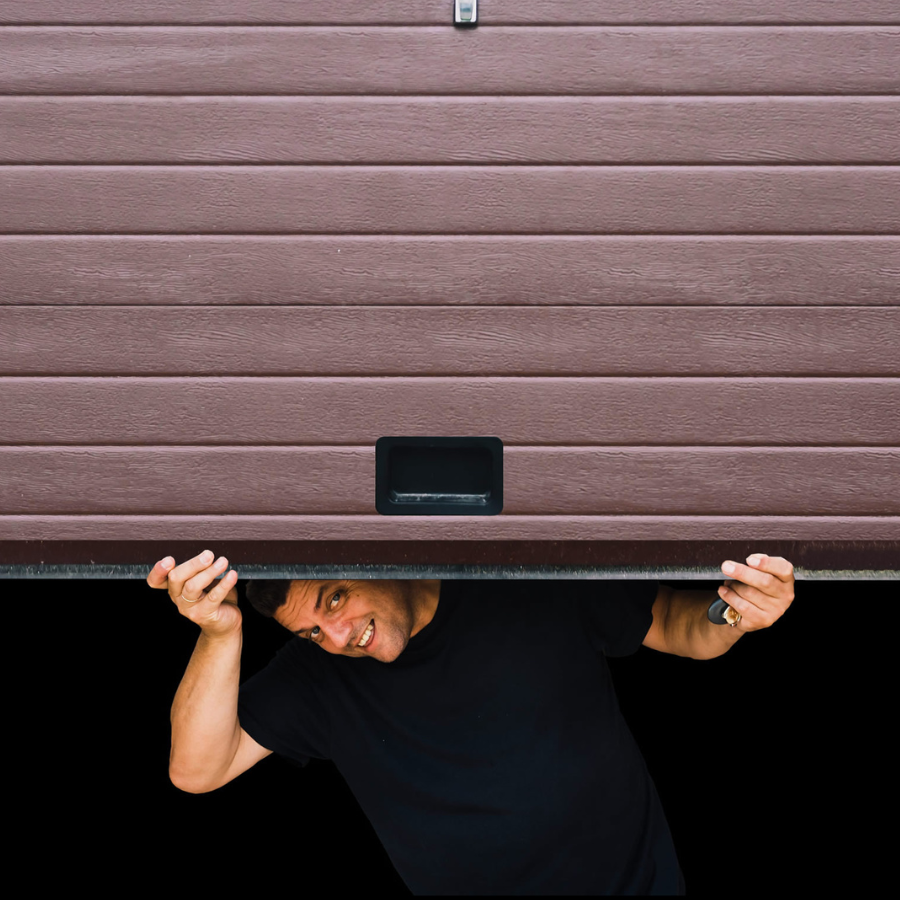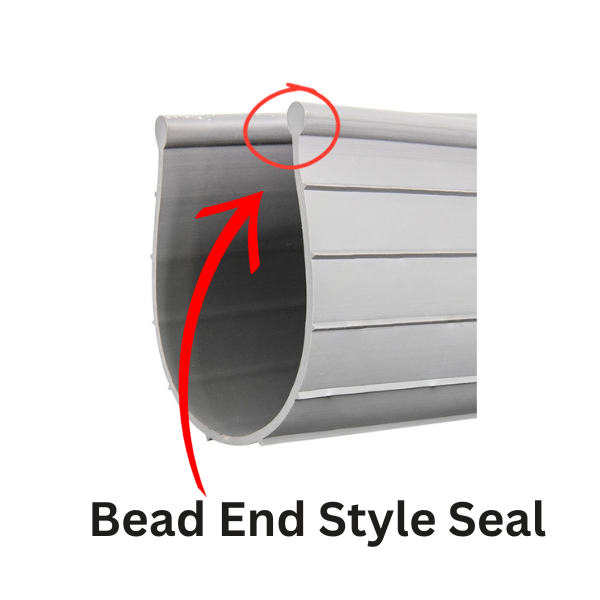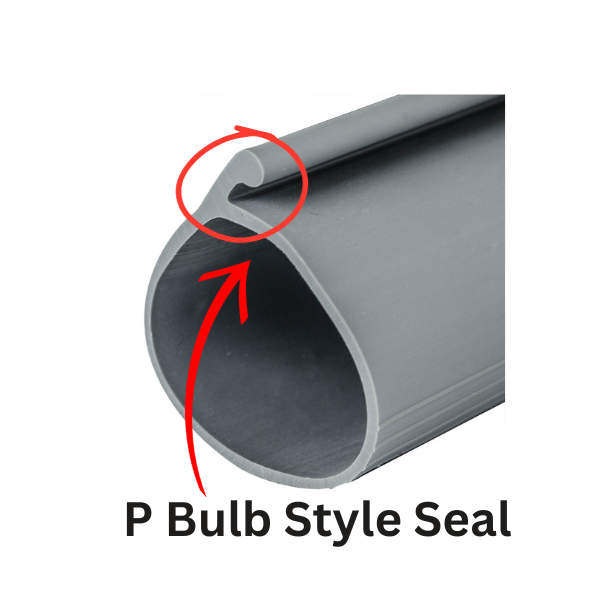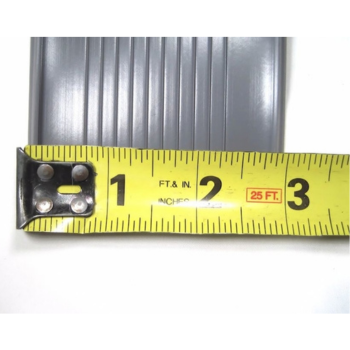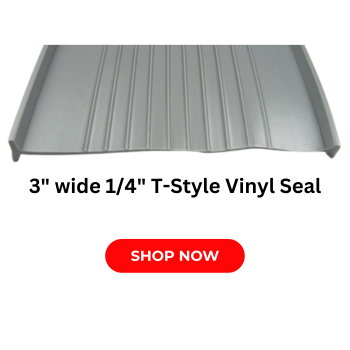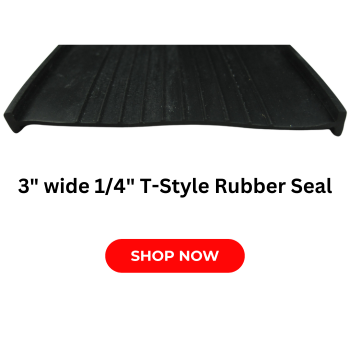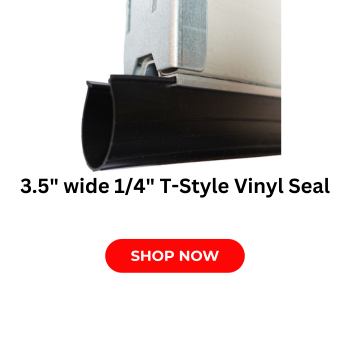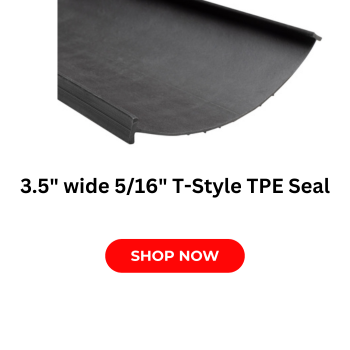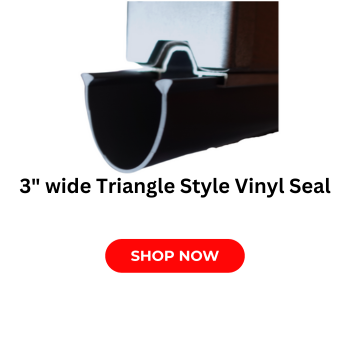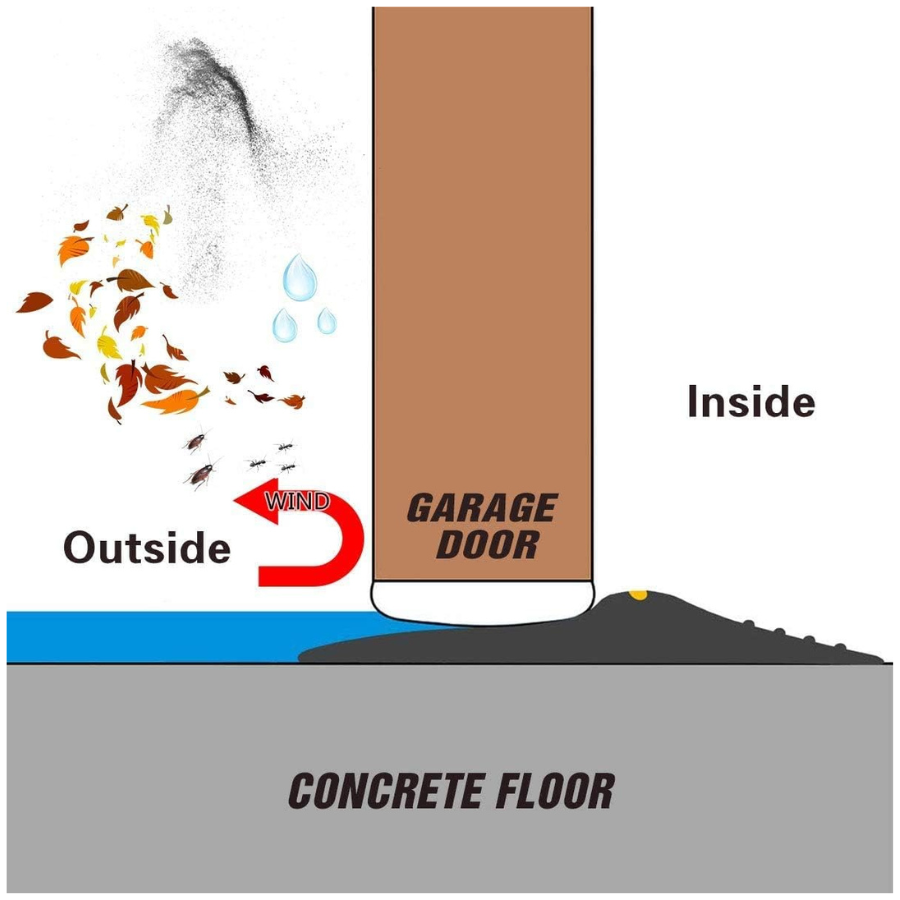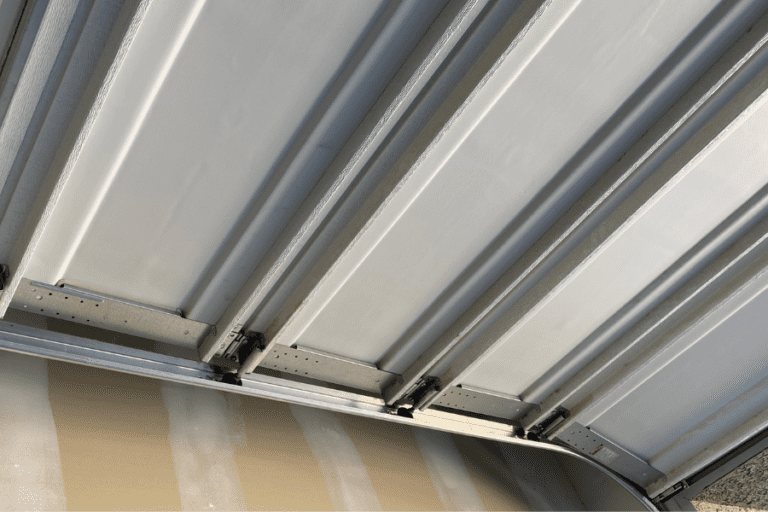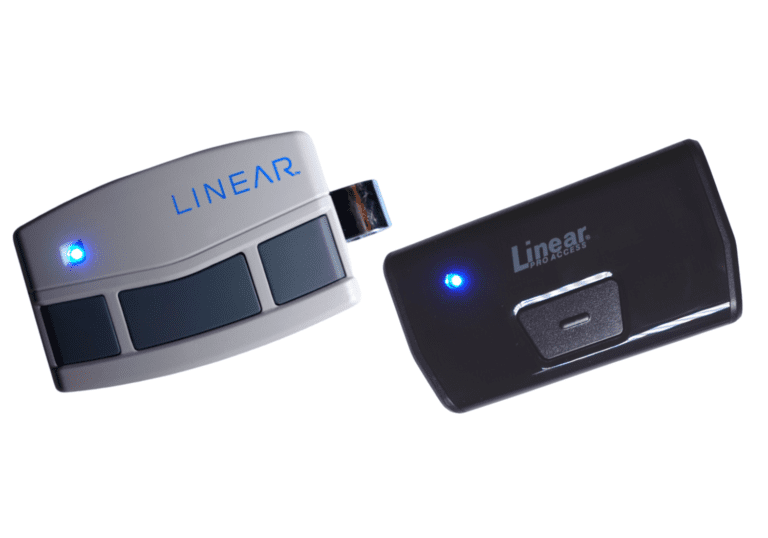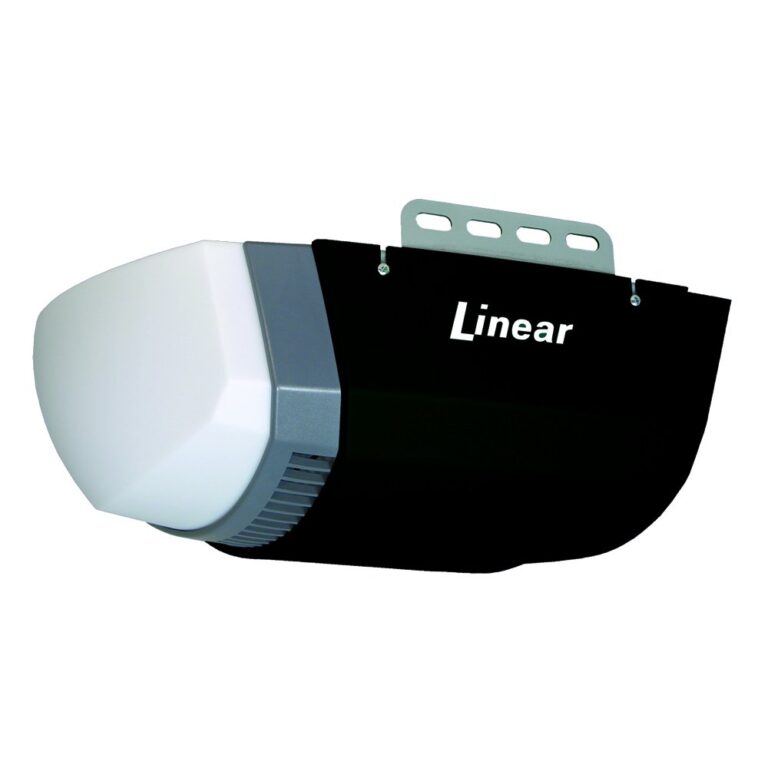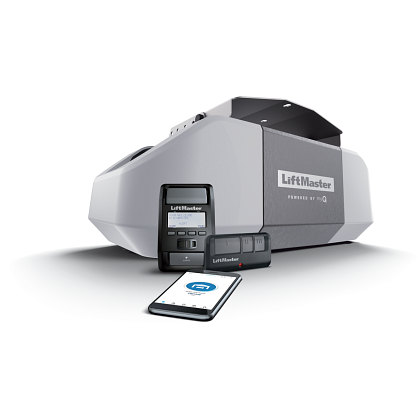Choosing the Right Garage Door Bottom Seal Types for Your Home
When it comes to keeping your garage insulated and protected from the elements, selecting the right garage door bottom seal is essential. These seals come in several types, each offering unique benefits and suited for different conditions. In this guide, we delve into rubber, vinyl, and specialty materials, discuss their suitability based on weather conditions, and offer recommendations. Whether you’re facing extreme weather or looking for energy efficiency, understanding garage door bottom seal types is the first step to enhancing your home’s protection.
Key Takeaways
- Garage door bottom seals come in different materials and shapes, such as rubber, vinyl, and specialty EPDM, each designed to fit specific brands of garage doors and withstand varying environmental conditions.
- The proper seal not only protects the garage from weather, pests, and debris but also enhances energy efficiency by preventing air leakage, which can lead to energy bill savings.
- Regular maintenance and timely replacement of garage door bottom seals are essential for ensuring their effectiveness, with signs of wear such as cracks and discoloration indicating the need for a new seal.
Understanding Garage Door Bottom Seal Varieties
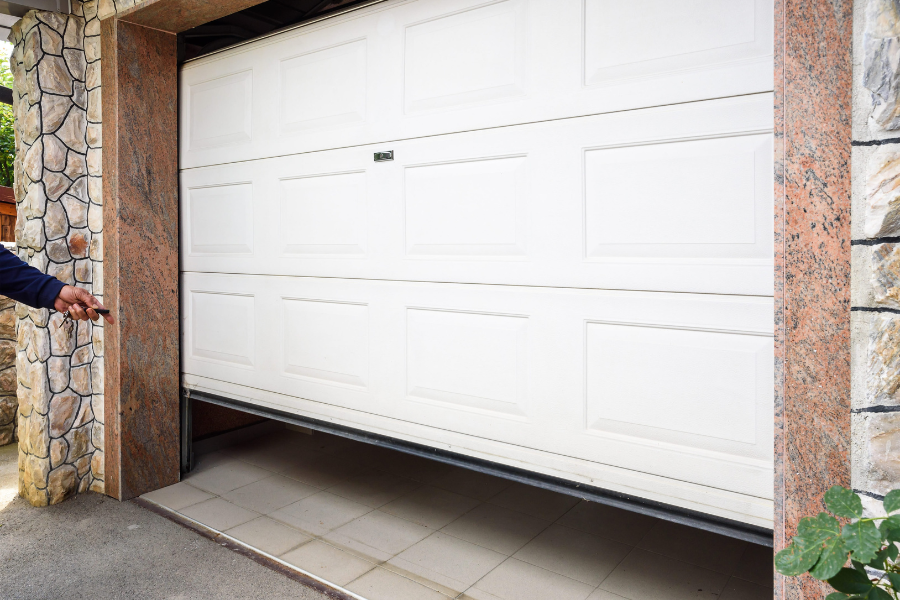
Bottom seals for garage doors are lengthy strips made of rubber or vinyl. On steel garage doors they are frequently attached to the bottom of the door by sliding the seal into an astragal retainer. On wood doors the seal is normally a foam type of seal and is fastened to the bottom section using nails although some of the newer wood doors may have an astragal retainer. The seals are the unsung heroes that form a weather-resistant seal, safeguarding your garage from various elements such as rainwater and dirt. But are all seals created equal? Not quite. With a wide variety of options in materials and designs, such as rubber seal, vinyl, and specialty EPDM synthetic material, choosing the right one depends on your specific needs but more importantly which brand and model of garage door you have.
Consider the following factors while choosing a garage door bottom seal:
- Compatibility with your garage door – this is the #1 thing to consider
- Weather conditions and potential wear and tear
- How the seal attaches (some slide into a retainer channel, while others are nailed or screwed directly to the door)
- Fitting your needs – does your garage floor slope? Will you need a wider seal?
- Aesthetics – how it looks. If looks are important do you like a black seal or gray?
By considering these factors, you can ensure a proper fit and effective sealing for your garage door.
The Importance of a Proper Seal
View your garage door bottom seal as your garage’s gatekeeper. Its primary role is to keep out unwanted guests – such as weather elements, pests, and debris. But did you know it also helps to maintain energy efficiency in your home?
A garage door bottom seal is vital in blocking air leakage, thus maintaining a consistent temperature within the garage. This reduces the energy needed for heating or cooling, leading to potential savings on your energy bills. Moreover, it acts as a barrier for pest control, preventing bugs and rodents from finding their way into your garage.

Identifying The Different Garage Door Bottom Seal Types
Ensuring that your seal matches your garage door type and retainer system is as crucial as understanding the benefits of a proper seal. Here are some of the different types of seals. The names of seals will typically refer to the part of the seal that slides into the bottom seal retainer.
The seal that your garage door uses is going to depend on the manufacturer of the door along with the model of the door. Many door manufacturers will use the same type of seal for all of their doors but there are some that may use different seals for different models. So it’s important to know what make and model of garage door you have (if possible).
- T-Style seal – most common and this is where the “T” part of seal slides into the retainer
- Bead Style seal – small round instead of “T” part that slides into the retainer
- P-Bulb Style – the seal has a “P” shape that goes into the retainer instead of a “T” shape
- EPDM Rubber Foam – wood doors use this type of seal by nailing it to the bottom section
- Specific Brand Seals – there are a few others that are less common and the names of those typically refer to the specific brand of garage door that they are used on (i.e. Amarr Triangle Style seal, Clopay Single Channel seal)
Selecting the Appropriate Bottom Seal Material
Having understood the role and significance of a garage door bottom seal, we can now explore the various materials used. The most common materials used for these seals are rubber and vinyl. Each has its unique features and potential downsides. The differences are not huge and the decision of which to use usually comes down to preference.

Rubber vs. Vinyl Seals
Rubber and vinyl, both known for their effectiveness and durability, are popular choices for garage door bottom seals. However, the right choice typically comes down to what fits your particular needs.
Rubber seals are appreciated for their durability and flexibility. They resist weather conditions well and have a long lifespan. A common EPDM synthetic rubber seal can withstand extreme temperature conditions from -50 degrees to +350 degrees and will commonly remain more flexible in those colder climates. On the flip side, vinyl seals are more cost-effective. They are an excellent economical choice, will perform well in cold climates but may shrink over time.
When it comes to lifespan, both rubber and vinyl seals can last up to 5, 7, or 10 years, depending on the conditions they are exposed to. In extreme weather conditions, EPDM rubber seals outperform vinyl seals as they resist temperature fluctuations, pests, and rain more effectively. Over time though both will become less flexible and efficient & need to be replaced.
So, the decision boils down to your specific requirements, the local weather conditions, and your personal preference for rubber or vinyl.
Measuring Your Garage Door Bottom Seal
After deciding what material of seal you want the most important step is next and that is to measure your existing bottom seal. Measure the part that slides into the retainer and the width of the seal.
Measure the Type of Seal
In order to get accurate measurements you should try & pull the seal out of the bottom retainer about 2-3″ and cut a piece of the seal off. Using a pair of scissors is going to be the easiest way of doing that.
After you have a piece of your old door seal, the first measurement you’ll want to take is of the “type”. What we mean by that is to measure the part of the seal that slides into the retainer. As we mentioned earlier, there are different types of seals including the T-style, P-style, Bead-style, etc.
If you a digital caliper then use that to measure the “T” part (or other style) of the seal. If you don’t have a caliper then a tape measure or ruler will work. Just keep in mind that the “T” measurements can come in sizes that are very close to each other so it’s important to be as accurate as possible. For example, the T-style seals can be found with measurements of 3/16″, 1/4″ and 5/16″.
Measure the Width of the Seal
The second measurement that you’ll want to take from your old piece of seal is the width of the seal. The width of the seal should be measured when the piece of seal is laying flat not when it is installed on the door.
If your old seal did a good job of sealing the bottom of your garage door to the garage floor then stick with a width of seal that is close to your measurement. However, if your garage floor slopes from one side to the other & you have some gaps between the bottom of the door and the floor then you’ll want to consider moving up to the next larger width of seal.
You’ll find the widths of the seals will range from 2-1/2″ to 9″. The most common widths are 3″, 3-1/2″ and 4″. We do not recommend using a seal wider than 4″ or you may run into issues with the seal properly sealing along the floor and/or interfering with the operation of the door. The wider seals over 4″ are typically used in special cases on commercial garage doors not residential garage doors.
Measure the Length of the Seal
The last measurement is the length of seal that you need. Measure the actual width of the garage door as some doors may actually be wider than the garage door opening. Also note if the company that you purchasing the seal from cuts the seal to the exact length that you order or if it’s slightly longer. You are going to want at least 4″ to 6″ longer seal than what you order.

If you order a 8′ piece of seal then you should get 8’5″. Once you install the seal you can use this extra seal to tuck it back into the retainer on either end. This will keep the seal in place and you won’t have put any screws in the seal or crimp the retainer to hold the seal in place.
Alternative Method – Bottom Seal Samples
If you’ve got your measurements for the top part of the seal that slides into the retainer and the width but you still have doubts about which replacement seal will be best for your garage door then you may want to consider getting some samples of the seals and see how those samples fit in your garage door.

Ask the company that are selling the seals that you are interested in if they offer samples of the seals they sell. One company that offers a Seal Sample Pack for all of the seals they sell is the Garage Door Zone. You can choose between 4 to 6 samples of the vinyl and rubber seals they offer. Once you get the samples you can physically feel the difference in the seals and use the samples to see how they fit your door.
Once you find a seal you like and fits your garage door then you can purchase a full length piece of the seal. The advantage of getting the samples first is that you’ll have the confidence that the full length seal is going to fit and you don’t have to worry about having to return a piece of seal that doesn’t fit. This will avoid the irritating return process and costly return postage charges.
Shop for Bottom Seal
Check out our friends at the Garage Door Zone if you’re in need of replacing your bottom garage door seal.
Threshold Seals for Uneven Floors
If you’re dealing with an uneven garage floor, threshold seals might be your solution. These seals attach directly to the garage floor and offer extra protection against water and pests.
If you have a floor that is slightly out of level or just want to increase the protection from having dirt, insects and water from coming in under your garage door then a threshold seal is a good solution.
Length of Threshold Seals
The threshold rubber floor seal typically come in 10′, 12′ 16′ and 20′ lengths. If your opening is a different size then get the one that is closest to the size you need and cut the seal to size.
Installation of Threshold Seals
The rubber threshold lays under the bottom section of the garage door and can be cut to length in order to fit your garage door opening. Clean the garage floor where the garage door sits. Clean up any debris, oil or grease that may be on the garage floor.

Once you have the floor clean you can lay the seal down on the floor where you plan on installing it and cut it to the proper length if necessary. You will then use an adhesive to secure the threshold seal to your floor. Always check to see if the threshold adhesive is included with the seal you purchase as some suppliers do not include it and you may have to purchase it separately.
Shop for Garage Threshold Seals on Amazon
Maintaining Your Garage Door Seal
Upon selecting and installing your garage door seal, proper maintenance is crucial for its longevity and optimal performance. Regular inspection and cleaning are key to avoid deterioration.
Inspection and Cleaning
Inspect your garage door bottom seal one to two times a year to check for cracks in the rubber or gaps around the door. When cleaning, use a soft damp rag or cloth with common household cleaners or a mild detergent in warm water to wash away any dirt on both sides of the seal. Avoid using abrasive tools or brooms that could potentially cause damage to the seal.
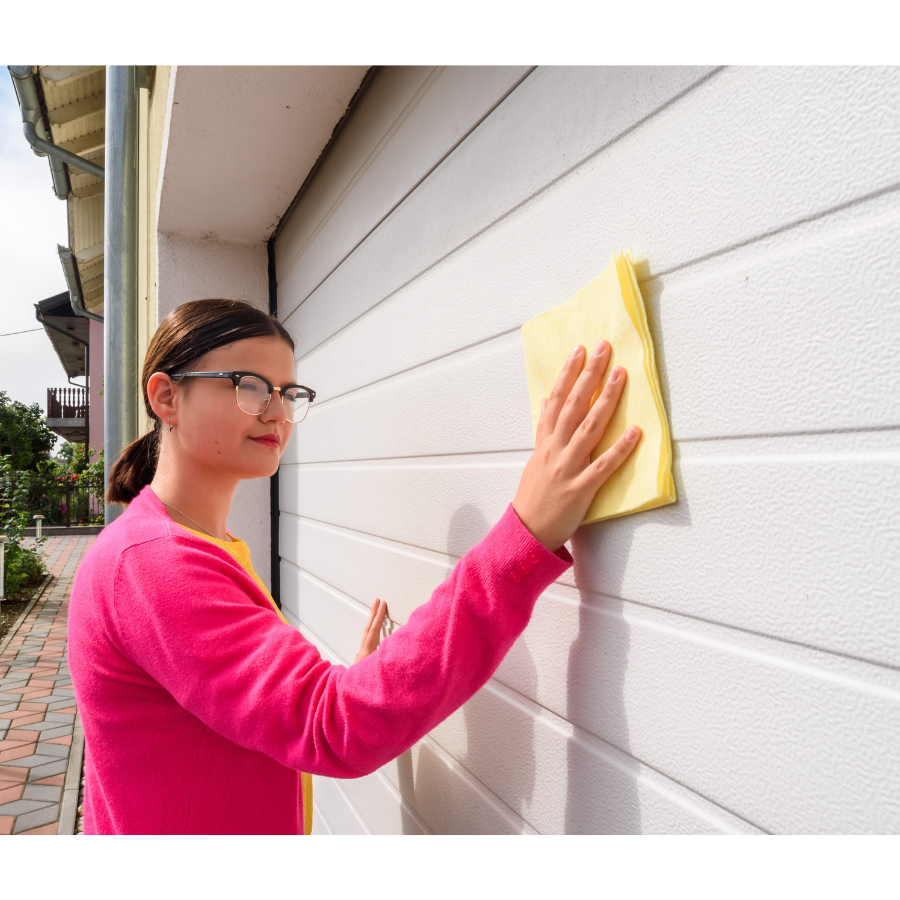
When to Replace Your Seal
Even with proper maintenance, your garage door seal might eventually wear out and necessitate replacement. Signs of wear and tear include cracks, drying out, discoloration, drooping, and being out of shape. Check for damage by inspecting for light peeking out through the bottom, testing with water for leaks, or visually checking for warping, cracks, or tears.
Take a few minutes in the spring and in the fall to check your garage door seal. Replacing the bottom seal during the warmer months of the year are going to make the job easier.
Summary
In conclusion, a garage door bottom seal is a small yet significant part of your home. Whether you opt for a rubber or vinyl seal, the choice depends on your specific needs, the type of your garage door, and local weather conditions. Regular maintenance and timely replacement can further ensure its longevity and optimal performance. Now that you’re equipped with all this knowledge, choosing the right garage door bottom seal should be a breeze!
As an Amazon Associate we earn from qualifying purchases

